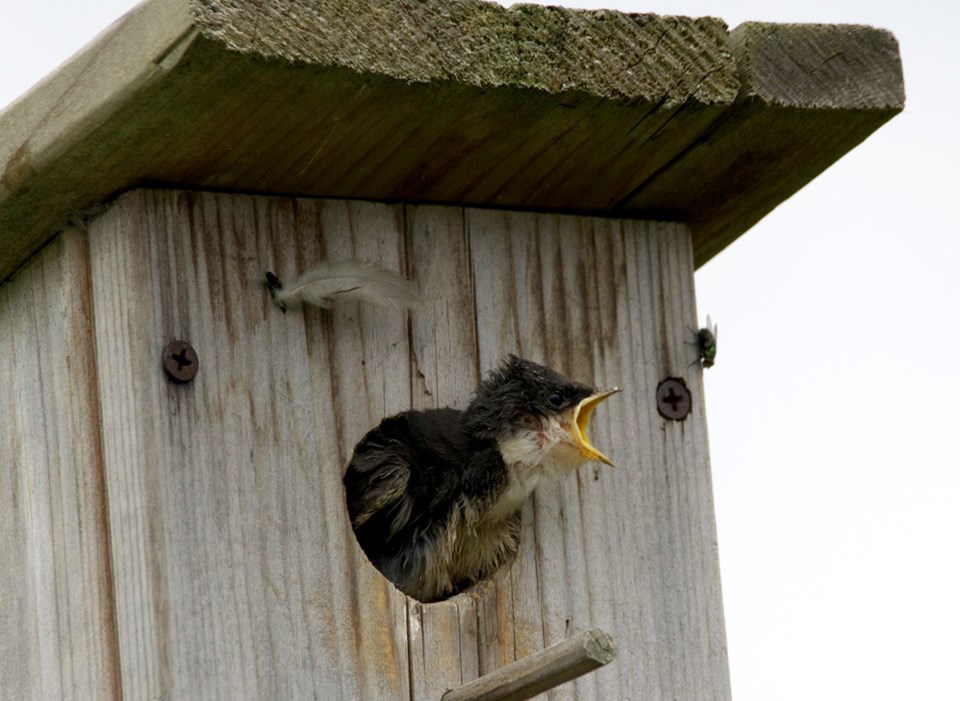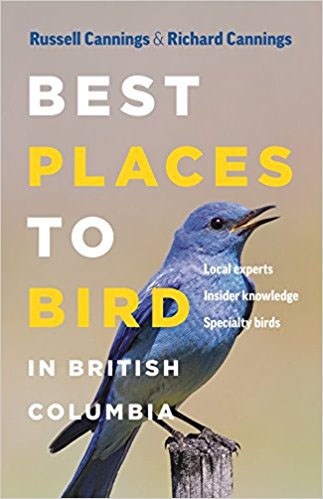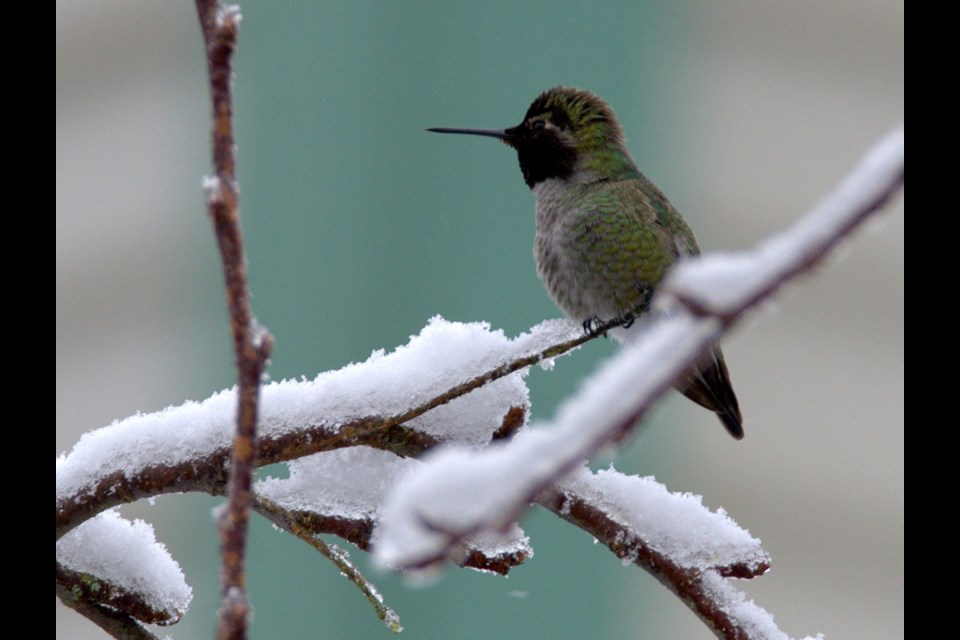Dead canaries in coal mines were a warning to miners that they were running out of oxygen.
Anna’s hummingbirds in Vancouver in the winter are a warning to us all that time is of the essence to help birds survive the impact of climate change.
As much as it may please birders to have unusual sightings in British Columbia as weather patterns change, the concomitant stress on migratory birds is very worrying, said Richard Cannings, co-author of the new book, Best Places to Bird in British Columbia.

For instance, the population of the once ubiquitous barn swallow has decreased 75 to 80 per cent in Canada, he said. There are other species that have been declining as drastically.
“Birds and birders provide the scientific community with a lot of very good data and often it’s the only good data we have to see how wildlife is adapting,” Cannings said from a quiet phone booth in the House of Commons, where he sits as the NDP MP for South Okanagan-West Kootenay.
Many migrating birds such as ducks time their flight south with the weather and tend to fly only as far south as they need to. “They might be enjoying [the shorter commute],” Cannings said. However, warmer temperatures mean that when they return, their nesting habitat isn’t what they thought it would be. “What is concerning is that, when they go back to their breeding grounds, the ponds will be drying up faster and more often.”
Of B.C.’s 500 bird species, about 20 fly as far south as Central and South America. “They have evolved a migrating timing system that’s set by their biological clock. They know, for instance, when it’s March 1. These birds have no idea what the climate is like [in B.C.] They’re insect-eating birds and the evolutionary setting of that clock coincided with when insect populations were at their highest. Now the birds come north, lay their eggs, their young hatch and the insect population has peaked two weeks before. These birds are out of synch with their food.
“Over the next few hundred years they’ll ‘learn’ to migrate earlier but the question is whether that will occur fast enough to keep up with climate change.”
Photo by Jason Kazuta Beautiful momma Anna's Hummingbird on her nest. - Vancouver, Canada pic.twitter.com/ZhE4I54EKI
— jenny (@jenwe5) March 14, 2017
We have been taking many of these bird species for granted, he said. Rather than take action, some people seek out voices that tell them that, contrary to scientific research, human behaviour is not to blame.
“It’s what they want to hear so they cling to that,” he says. “People react not so much to fact as their gut instinct.”
As a respected biologist, and now as a politician, Cannings has learned that loading people with lots of scientific data won’t convince them that action is necessary. Pointing out how climate change has affected the number of birds in their backyard might be a more persuasive form of argument.
“Birds are a window to our world,” he said.
In the meantime, this is an exciting time to be a birder. Climate change and extreme weather systems have resulted in what used to be rare sightings, such as robins in the Arctic and scrub jays in Vancouver. (The BC Rare Bird Alert details updated sightings.)
#VanBirdWeek starts this Saturday. It's also time for #Vancouver residents to vote on an official bird: https://t.co/gzenInXkoq @BSC_BC pic.twitter.com/Jd7OsbrwO6
— Bird Studies Canada (@BirdStudiesCan) May 4, 2017
Before he returned to his duties as a parliamentarian, the Courier asked Cannings to weigh in on the great debate on what species should get the honour of being named Vancouver’s official bird. Four birds are in the running.
“The varied thrush has a beautiful, ethereal song,” he said.
The spotted towhee, however, is very common in backyards and “very handsome.”
Choosing the Anna’s hummingbird would give Vancouverites one more reason to boast about their mild winters and the males “are really good looking.”
The northern flicker is the most common of woodpeckers but it’s also the bird that causes the most “it’s destroying my house” complaints. “It might get a few negative votes.”
Which would he choose? “I like them all.”

Best Places to Bird in British Columbia is by Richard Cannings and his son Russell, who was named as Canada’s top birder by Maclean’s magazine in 2012. Together they set a record by spotting 202 species in a 24-hour period. They also co-authored Birdfinding in British Columbia. As well as providing descriptions and locations of bird-watching sights, each destination in their latest book has a list of “ornithological highlights” as well as personal anecdotes. It is published by Greystone Books, which has provided the Courier with a copy of the book. We will give it to the tenth person to email [email protected].



